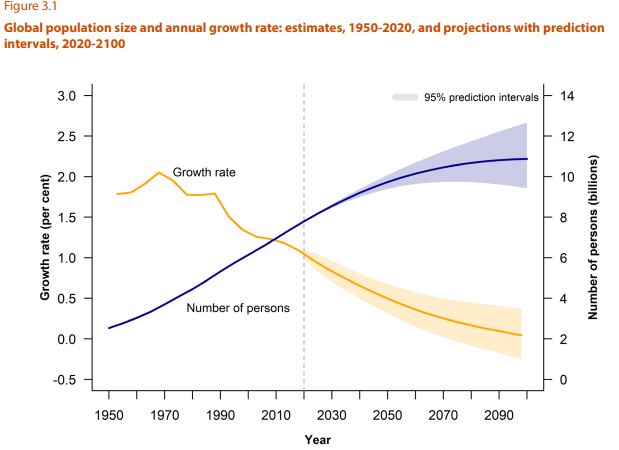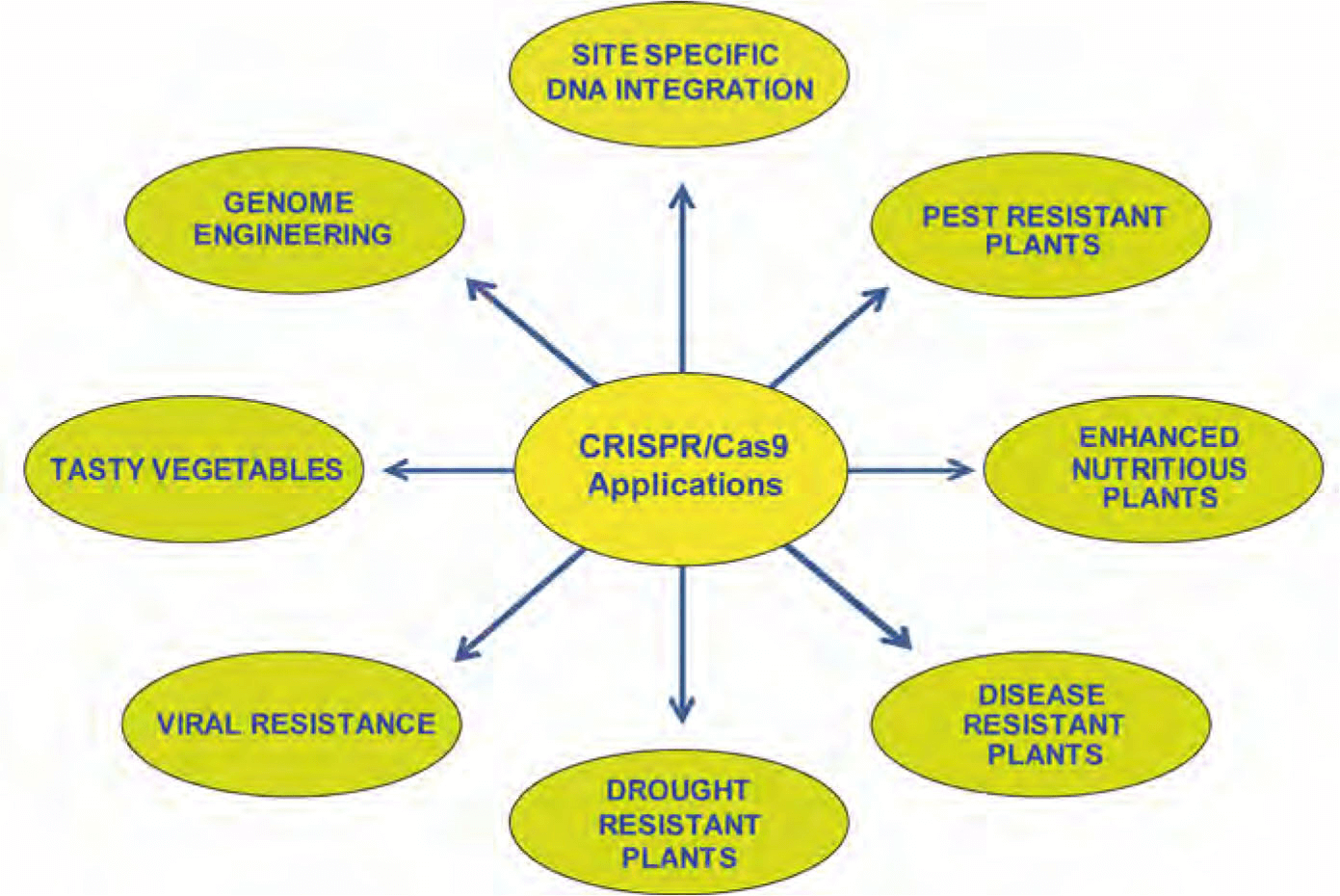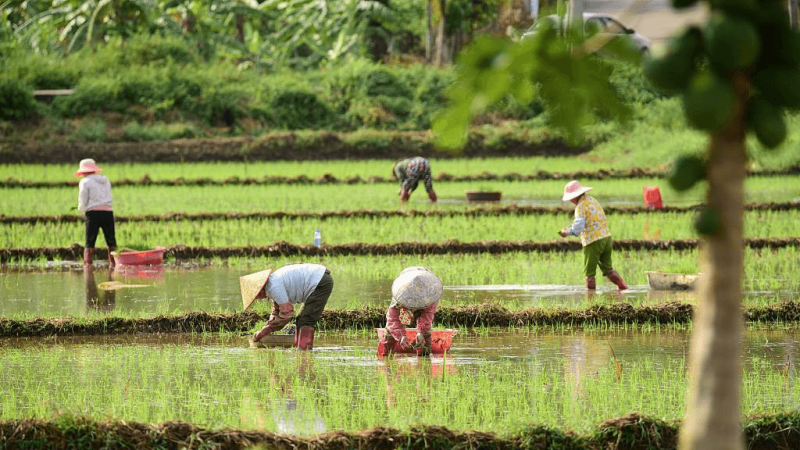This milestone in human history comes to us from an estimate by demographers at the United Nations.
They also predict that next year, my country of India will pass China as the planet’s most populous nation, with about 1.4 billion people.

This means the expanding population will need much more food than we ever had before. If we’re going to feed them, we need another Green Revolution and a lot more for
India as well as for the rest of the world. Farmers must enjoy access to the full power of modern technology so that we can do our part to meet the necessities of life.
The challenges of population growth are enormous. I’ve seen the effects in my region of northern India, where I’ve worked on my family farm for more than four decades and currently grow rice and wheat. Areas that once were devoted to agriculture now are dotted with dwellings to accommodate more families and people. The boundaries of cities and villages continue to expand, cutting into cropland. Everything feels more congested.
We’re losing arable land every day to urbanization and industrialization. Because we can’t make more of it, we must do more with what we have—and in a world of 8 billion people, that means growing more food on less land than ever before.
This is our task for the rest of the century, too. The UN predicts continued growth in global population, with 9.7 billion people in 2050 and 10.4 billion in 2100.

The problem is especially severe in India. Soon we’ll have more people than China, but China always will have more arable land.

Feeding our nation will involve one of history’s biggest tests.
This is a serious problem, but it can be transformed into an opportunity as well. The good news is that we know what to do, at least in principle, and that’s because we’ve done it before.
Back in the 1960’s, the global population topped 3 billion—and many experts worried about the ability of farmers to improve their production and keep up. Enter Norman Borlaug, the agronomist who made it his mission to find a solution. In India, he worked with M.S. Swaminathan and M.S. Randhawa to develop new seed varieties, which gave a big boost to the yield and total production of cereals, especially wheat in India.
At a time when pessimists were ready to surrender in the war on hunger, Borlaug showed the power of human ingenuity to solve problems with science and technology. He went on to win the Nobel Peace Prize for his achievements as an agronomist.
This is the hidden benefit of population growth: For all the ways that additional people can present dilemmas, they also give us a better chance to create a new generation of innovators who will help us think our way to answers.
As they do, farmers like me stand ready to do our part. We are ready to innovate, too.
During my career as a farmer, I’ve watched technology transform everything. The advent of GMOs, for example, allowed cotton farmers finally to withstand the assaults of boll worms and other pests—and we enjoyed a massive boom in production. Although I’m now growing other kinds of crops, I was a full participant in this development and saw firsthand how much it helped farmers and consumers alike.
Sadly, our government has prevented us from adopting GM technology in edible produce. While much of the developed world has embraced this technology, India has hesitated, due mainly to the opposition of political activists. We have an amazing potential to grow more food. A couple of the most promising examples are mustard and brinjal (which is known as “eggplant” in other parts of the world). Today, we have a ray of hope as GM mustard recently received environmental clearance from the Government. Access to these GM seeds would immediately help farmers strengthen India’s food security.
Yet this is about more than just a single technology. The gene-editing technology called “CRISPR” gives us new abilities to grow crops in harsher conditions, including drought, heat, and frost. We should apply it to every crop—starting with wheat and rice, which may be the commodities that could gain the most from new technological approaches and farmer access needed to meet the worlds hunger challenge.

Everything begins with having the best seeds, but we have other technological opportunities: Climate-smart farming requires better machinery, from large harvesters for big fields to small and micro size so a maximum number of farmers can adopt it to small drones for mapping and surveillance; micro-irrigation, for the efficient delivery of water in a time of climate change; improved weather forecasting, to help us make planting decisions; and crop-protection tools that fight weeds, pests, and disease.
These are the makings of a new Green Revolution—one that a world of 8 billion people and counting will need.
Gurjeet Singh Mann is a farmer who embraces new technology including GM crops, and he helps guide his fellow and young farmers with farm technologies. Gurjeet runs Mann Farms out of Sirsa, India.
A version of this article was posted at Global Farmer Network and is used here with permission. Check out Global Farmer Network on Twitter @GlobalFarmerNet































